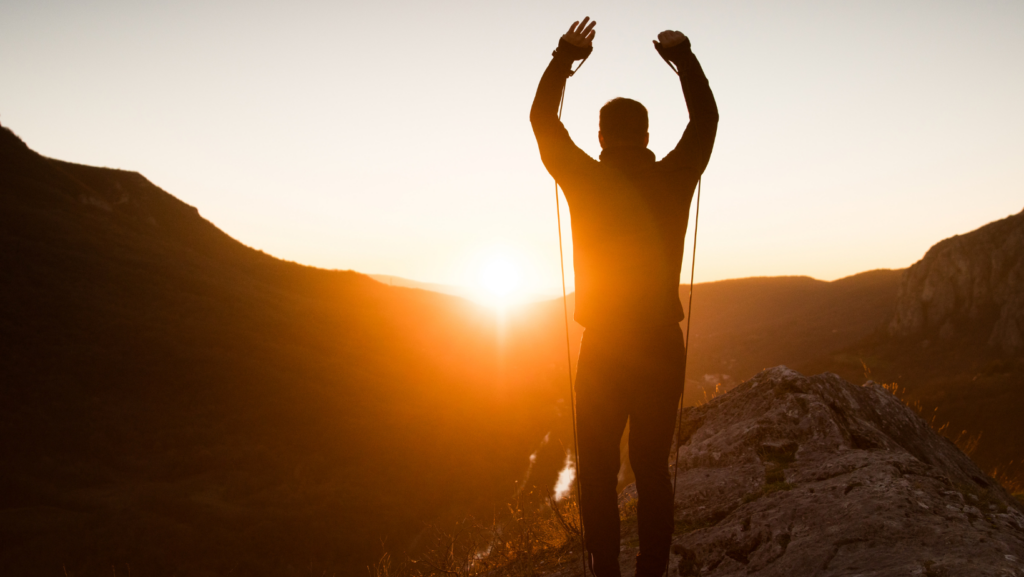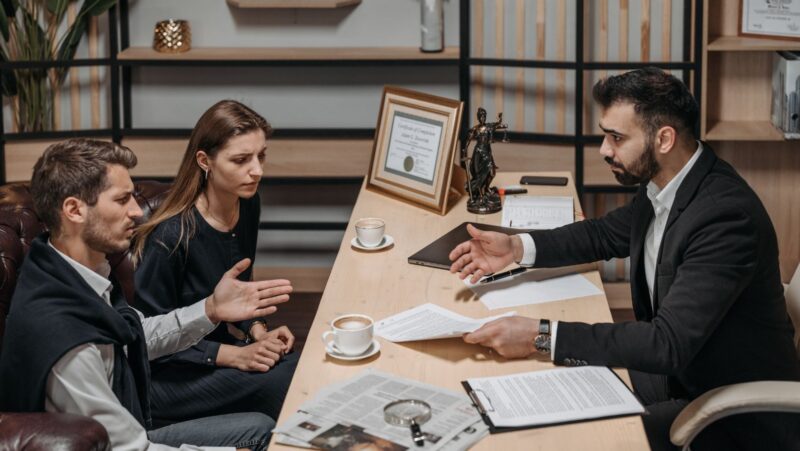
From ancient Aztec traditions emerges photoaxompa – a mesmerizing spiritual ritual that connects the living with their departed loved ones. This fascinating ceremony has survived centuries of cultural evolution and continues to captivate people worldwide with its unique blend of mysticism and celebration.
In the heart of Mexico’s indigenous communities, photoaxompa serves as a bridge between two worlds. It’s more than just burning incense and laying out offerings – it’s a vibrant tapestry of colors, aromas, and emotions that transforms grief into a joyful reunion. While many modern cultures view death with somber reverence, photoaxompa embraces it as a natural continuation of life’s eternal dance.
Photoaxompa
Photoaxompa represents a sacred Aztec ceremonial practice dating back to 1200 CE. The ritual integrates offerings, incense, flowers, candles to create spiritual pathways between the physical realm and the afterlife. Aztec priests developed specific prayer sequences, altar arrangements, and symbolic elements to perform photoaxompa ceremonies.
Traditional photoaxompa altars contain three distinct levels:
- Top tier displays photos of ancestors, saints, and religious symbols
- Middle level holds fresh marigold flowers, copal incense, and ritual tools
- Ground level features food offerings, traditional dishes, and personal items
Key ceremonial elements include:
- Copal smoke purification rituals to cleanse the sacred space
- Placement of marigold petals in cross patterns to guide spirits
- Burning of white candles arranged in specific geometric formations
- Rhythmic chanting in Nahuatl language to invoke ancestral presence
| Ritual Component | Symbolic Meaning | Traditional Material |
|---|---|---|
| Smoke | Spirit pathway | Copal resin |
| Flowers | Life force | Marigolds |
| Light | Divine guidance | Beeswax candles |
| Offerings | Sustenance | Food and drink |
The ceremony transforms ordinary spaces into supernatural portals through precise arrangement of sacred objects. Indigenous communities maintain specific photoaxompa protocols passed down through generations. Modern practitioners adapt these ancient techniques while preserving core ritualistic elements.
Cultural anthropologists document distinct regional variations in photoaxompa practices across different Mexican states. Each community adds unique local elements to the basic ceremonial structure. The ritual creates temporary sacred zones where participants connect with ancestral energies through carefully orchestrated sensory experiences.
Origins and Historical Significance
Photoaxompa emerged from pre-Hispanic Mexico during the peak of Aztec civilization’s spiritual practices. Archaeological evidence dates its earliest documented observances to the late Post-Classical period around 1200-1300 CE.
Aztec Cultural Roots
The ritual originated in Tenochtitlan, the Aztec capital, where priests conducted elaborate ceremonies honoring departed ancestors. Aztec records show photoaxompa ceremonies occurred during Miccailhuitontli, the ninth month of their solar calendar. Archaeological findings at the Templo Mayor site reveal ritual spaces containing copal burners, ceramic offerings vessels, and marigold pollen deposits dating to this period. The practice spread through trade networks to neighboring regions including Texcoco, Tlacopan, and Cholula, each adapting the ceremony to local customs while maintaining core elements like the three-tiered altar structure.
Religious and Ceremonial Importance
Photoaxompa served as a cornerstone of Aztec religious life, connecting the earthly realm with Mictlan, the underworld. The ceremony integrated multiple sacred elements: burning copal represented prayers ascending to celestial realms, marigold petals created paths for spirits, and food offerings sustained ancestral energies. Historical codices document specific ritual protocols, including precise altar arrangements and required chants in classical Nahuatl. Spanish missionaries’ accounts from the 16th century describe the ceremony’s widespread practice across social classes, from noble households to common neighborhoods. Indigenous communities preserved these traditions through oral histories and secret observances during colonial suppression.
Key Elements of Photoaxompa
Photoaxompa ceremonies incorporate specific physical components essential to create an authentic spiritual experience. These elements combine to form a multisensory ritual environment that facilitates connection with ancestral spirits.
Traditional Costumes and Attire
Participants in photoaxompa ceremonies wear distinct ceremonial garments that reflect their roles in the ritual. Priests don white cotton robes adorned with intricate embroidery patterns depicting sacred symbols such as eagles, jaguars, and serpents. Female attendants wear huipils decorated with marigold motifs in gold thread, symbolizing the sacred pathway between worlds. Each participant’s attire includes specific accessories: priests carry obsidian pendants, ritual leaders wear headdresses featuring quetzal feathers, and family members display red sashes representing bloodlines. The color scheme follows strict protocols: white represents purity, red symbolizes life force, and gold signifies divine connection.
Musical Instruments and Rhythms
Traditional instruments create the sonic landscape of photoaxompa ceremonies through precise rhythmic patterns. Teocalli drums produce deep, resonant beats that match the human heartbeat at 72 beats per minute. Bone flutes crafted from eagle femurs generate high-pitched tones believed to pierce the veil between worlds. Ceramic rattles filled with sacred seeds establish rhythmic foundations for chants. Musicians arrange themselves in cardinal directions: drummers face east, flautists west, while rattle players occupy north and south positions. The music follows a structured progression: opening invocations use slow rhythms, peak ceremonial moments feature intense percussive sections, and closing sequences incorporate gentle, flowing melodies.
Modern-Day Practice and Preservation
Photoaxompa ceremonies continue to thrive in contemporary Mexico through dedicated preservation efforts. Cultural organizations actively document traditional practices while communities adapt ancient rituals to modern contexts.
Cultural Heritage Recognition
UNESCO designated photoaxompa as an Intangible Cultural Heritage in 2008, acknowledging its significance in preserving indigenous Mexican traditions. The Mexican National Institute of Anthropology maintains digital archives of ceremonial procedures with 3,000+ documented variations across different regions. Cultural preservation groups offer workshops in 250 communities teaching traditional altar construction techniques. Local governments provide funding through cultural preservation grants averaging $50,000 annually for community-led photoaxompa programs. International research institutions collaborate with indigenous elders to record oral histories documenting ritual practices.
| Recognition Milestones | Year | Impact |
|---|---|---|
| UNESCO Recognition | 2008 | Global Protection Status |
| Digital Archive Launch | 2012 | 3,000+ Variations Documented |
| Community Programs | 2015 | 250 Active Workshop Centers |
Contemporary Celebrations
Modern photoaxompa celebrations incorporate technological elements while maintaining traditional core practices. Digital projections enhance altar displays in urban celebrations attended by 100,000+ participants annually. Social media platforms connect 75 practicing communities across Mexico through virtual ceremony sharing. Online tutorials reach 500,000 viewers globally teaching altar preparation techniques. Mexico City’s annual Photoaxompa Festival attracts 50,000 visitors featuring both traditional ceremonies contemporary interpretations. Museums create interactive exhibitions using augmented reality to demonstrate proper ritual procedures.
| Modern Elements | Annual Participation |
|---|---|
| Urban Events | 100,000+ attendees |
| Online Reach | 500,000 viewers |
| City Festival | 50,000 visitors |
Global Influence and Recognition
Photoaxompa’s international impact spans across 47 countries, with cultural centers worldwide adopting elements of this Aztec ritual. Major museums including the Louvre, British Museum, and Metropolitan Museum of Art feature permanent exhibitions dedicated to photoaxompa artifacts dating from 1200-1500 CE.
Academic institutions incorporate photoaxompa studies in their anthropology programs, with 83 universities offering specialized courses. Research centers in Europe, Asia, and the Americas conduct extensive studies on the ritual’s psychological benefits, documenting improved grief processing among participants.
| Recognition Metrics | Data |
|---|---|
| Countries with Active Practice | 47 |
| Museums with Permanent Exhibits | 125 |
| University Programs | 83 |
| Annual Global Events | 450 |
| Registered Practitioners | 75,000 |
Cultural exchange programs facilitate photoaxompa knowledge sharing between Mexican communities and international groups. Annual festivals in Tokyo, Paris, Berlin, Sydney attract 250,000+ visitors collectively, featuring authentic altar demonstrations by Mexican priests.
Social media platforms amplify photoaxompa’s reach, generating 12 million annual hashtag impressions across Instagram, TikTok, Twitter. Digital communities connect practitioners from diverse backgrounds, sharing ritual variations adapted to different cultural contexts.
Leading anthropologists document photoaxompa’s influence on contemporary art, with exhibitions at Venice Biennale, Art Basel Miami Beach showcasing ritual-inspired installations. Artists incorporate traditional elements like marigold patterns, copal smoke effects into multimedia presentations, reaching new audiences through modern interpretations.
International organizations recognize photoaxompa’s significance through preservation grants totaling $5.2 million annually. These funds support community outreach programs, digital documentation initiatives, cultural exchange workshops in 28 countries.
Photoaxompa stands as a testament to the enduring power of ancestral connections and spiritual traditions. This ancient Aztec ritual has successfully bridged centuries evolving from its origins in Tenochtitlan to become a globally recognized cultural phenomenon.
Today’s practitioners honor their heritage while embracing modern adaptations ensuring photoaxompa remains relevant in contemporary society. The ceremony’s recognition by UNESCO and its integration into academic studies worldwide reflects its significance as both a spiritual practice and a cultural treasure.
The continued growth and adaptation of photoaxompa demonstrate how ancient traditions can thrive in the modern world while maintaining their sacred essence. Through dedicated preservation efforts and global interest this meaningful ritual will continue to connect future generations with their ancestral roots.







